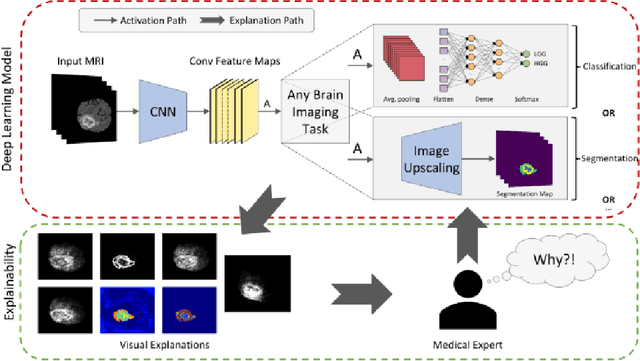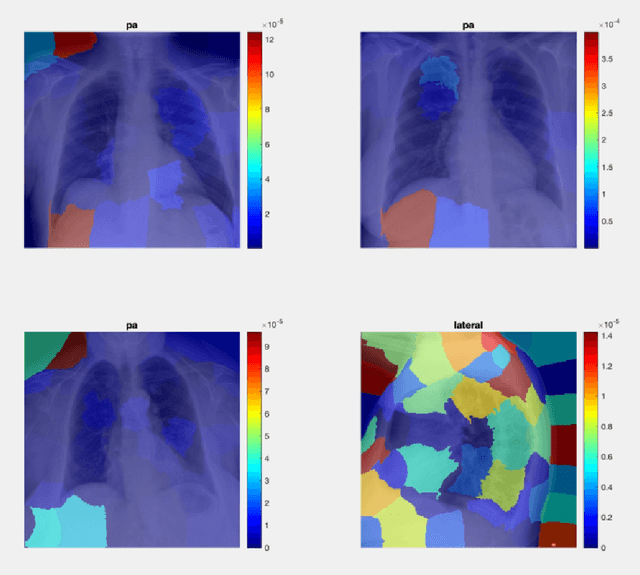Anna Stubbin
The Limits of Perception: Analyzing Inconsistencies in Saliency Maps in XAI
Mar 23, 2024



Abstract:Explainable artificial intelligence (XAI) plays an indispensable role in demystifying the decision-making processes of AI, especially within the healthcare industry. Clinicians rely heavily on detailed reasoning when making a diagnosis, often CT scans for specific features that distinguish between benign and malignant lesions. A comprehensive diagnostic approach includes an evaluation of imaging results, patient observations, and clinical tests. The surge in deploying deep learning models as support systems in medical diagnostics has been significant, offering advances that traditional methods could not. However, the complexity and opacity of these models present a double-edged sword. As they operate as "black boxes," with their reasoning obscured and inaccessible, there's an increased risk of misdiagnosis, which can lead to patient harm. Hence, there is a pressing need to cultivate transparency within AI systems, ensuring that the rationale behind an AI's diagnostic recommendations is clear and understandable to medical practitioners. This shift towards transparency is not just beneficial -- it's a critical step towards responsible AI integration in healthcare, ensuring that AI aids rather than hinders medical professionals in their crucial work.
 Add to Chrome
Add to Chrome Add to Firefox
Add to Firefox Add to Edge
Add to Edge